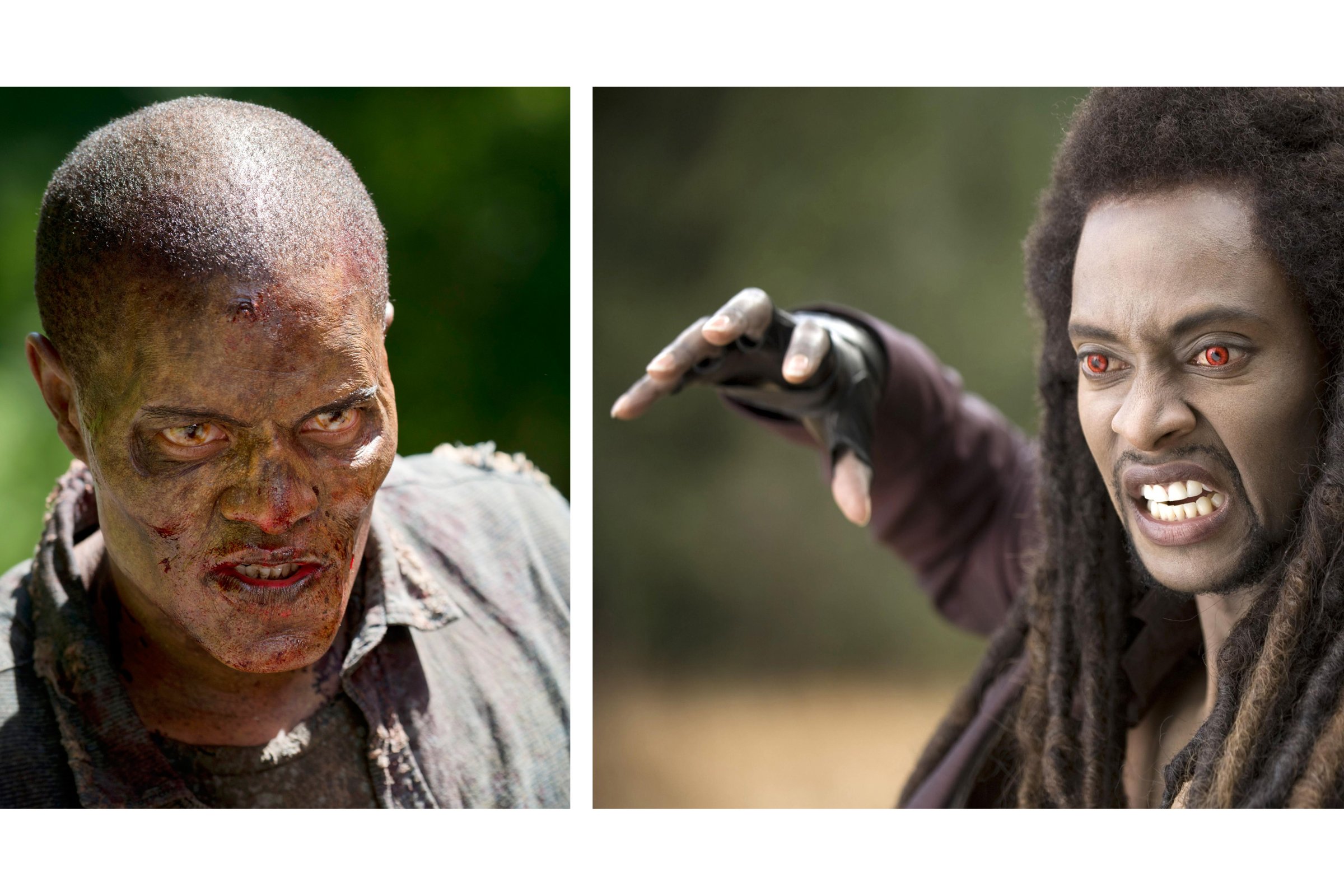
Bloody, bloodsucking creatures in storytelling have been around for centuries—but culture’s obsession with them only seems to be mounting. Meanwhile, zombies are the new undead kids on the block. Fear the Walking Dead, a companion piece to AMC’s original The Walking Dead, which focuses on a post-apocalyptic world teeming with zombies, is pulling in stellar ratings and nearly 12 million viewers per episode. Yet the zombie resurgence owes its success to its original, sexier predecessor: the vampire.
The Twilight saga, published ten years ago, kicked off what those in vampire academia (yes, that’s a real thing) call the Vampire Renaissance. The books sold more than 100 million copies, with the eventual films skyrocketing its stars to A-list status; they raked in more than $500 million worldwide, rivaling Harry Potter in box office dollars.
What followed was a massive influx of vampire-related entertainment, mostly based on books: True Blood hit HBO in 2008; The Vampire Diaries premiered on the CW in 2009 and still marks one of the network’s most-watched premieres; a Dark Shadows movie hit theaters in 2012; Abraham Lincoln: Vampire Hunter was released in 2012; 2013 brought the Beautiful Creatures movie; and the Vampire Academy series was adapted into a film in 2014.
Even J.K. Rowling hopped on the vampire trend in 2014, debunking a common Harry Potter theory that the character Professor Snape could have been a vampire in disguise. The Strain, an FX series based on Guillermo del Toro and Chuck Hogan’s trilogy, was just renewed for a third season set to premiere in 2016.
Yet while zombies have stepped up to join vampires in their reign over pop culture, the vampire fascination isn’t going anywhere. John E. Browning, a fellow at Georgia Institute of Technology who teaches classes about the evolution of vampires, zombies and monstrosity in society and culture, says that vampires are still more popular now than they were before the Vampire Renaissance of the early 2000s.
“But the first thing I tell my students in class is that those two characters are linked,” Browning says. “A folklore vampire looked like a modern zombie.”
Nothing was romantic or sexy or good-looking about a folklore vampire, which was essentially a decaying, bloody corpse. The rot of the bodies made some think the corpse must have drank the blood coming from its mouth. Zombies, like vampires, must feed off humans. But while many vampires are painted in a positive light, zombies are nearly always evil; vampires are more frequently depicted as sensual.
Ian Somerhalder, star of the The Vampire Diaries, says the pull is about escapism. Since vampires can be “old but sexy, dangerous but loving, worldly and confident, yet volatile—and still somehow walk among is in jeans and a tee shirt,” he says, it makes them a great basis for stories.
Yet vampire culture goes beyond depictions in pop culture. Halloweeen brings out hordes of vampires for Halloween—both those in casual costumes and diehard fans, also known as “lifestylers,” as Browning calls them.
“They wear very expensively and custom-made fangs and they go to nightclubs, but they don’t believe in vampires,” he says. “They don’t have a craving for blood.”
BBQ Films, an event production company, threw a special Halloween affair in partnership with New York Comic Con. The event, Blade Rave, was an immersive screening of 1998’s Blade film that recreated the movie’s opening “bloody shower scene.” This year, there were also sword lessons and VIP dry cleaning for guests to get bloody stains out of their clothes.
“There’s this iconic, really sexy, gory scene where the vampires are celebrating and having a good time at a vampire nightclub,” says Gabriel Rhoads, co-founder and CEO of BBQ Films. “The event gives fans the opportunity to play inside of the story.”
One of the guests there was “Fangsmith” Sebastiaan T. van Houten, who goes by Father Sebastiaan, and caters to people who love the vampire lifestyle; he founded one of the world’s largest vampire events, the Endless Night Vampire Ball.
“This is my freaking obsession,” van Houten says. Still, he notes there’s a deeper metaphor for his interest in vampires, which happens to align with zombies’ surge in popularity: “It’s about survival and thriving.”
See What the Cast of the 'Twilight' Films Looks Like Now
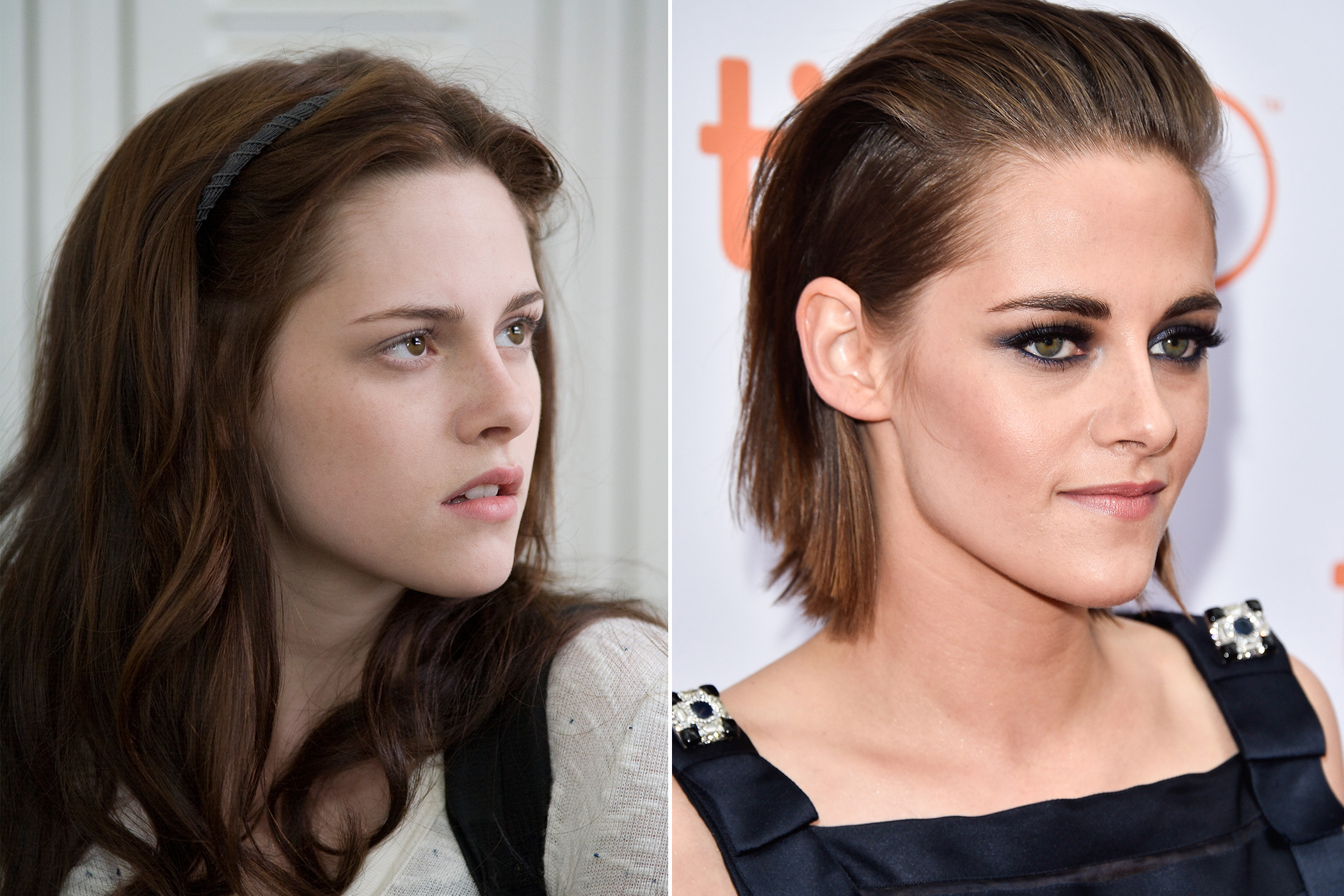
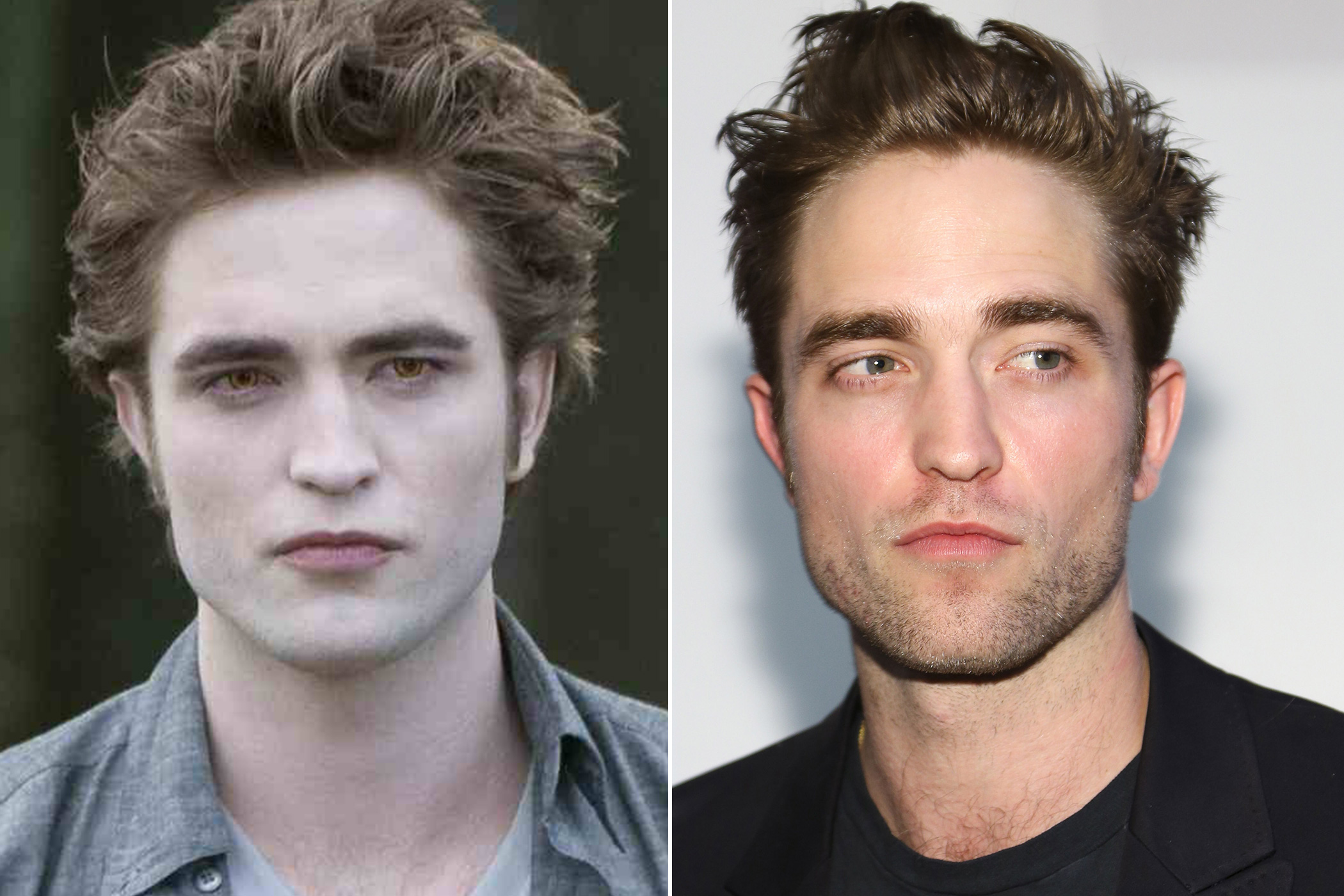


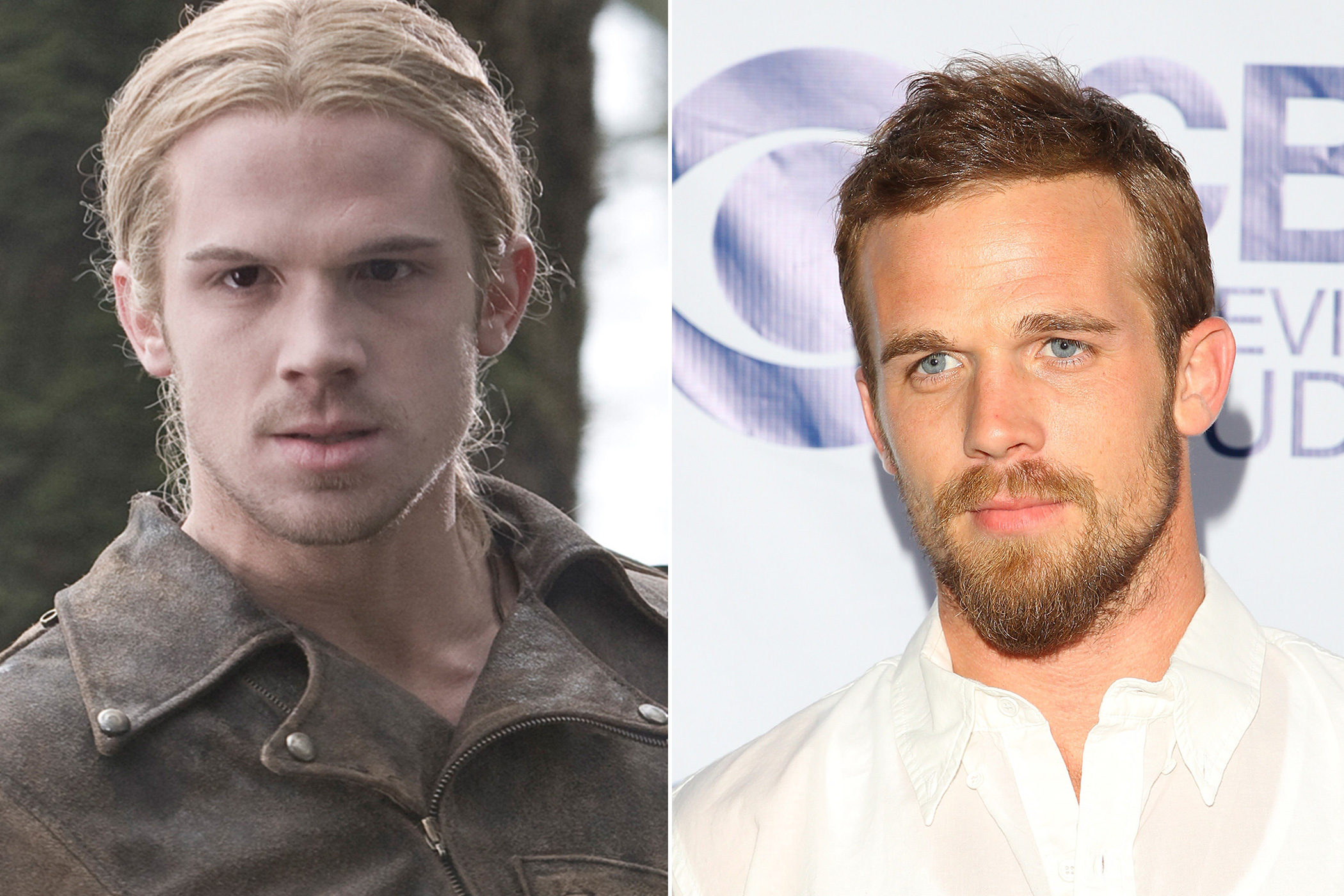


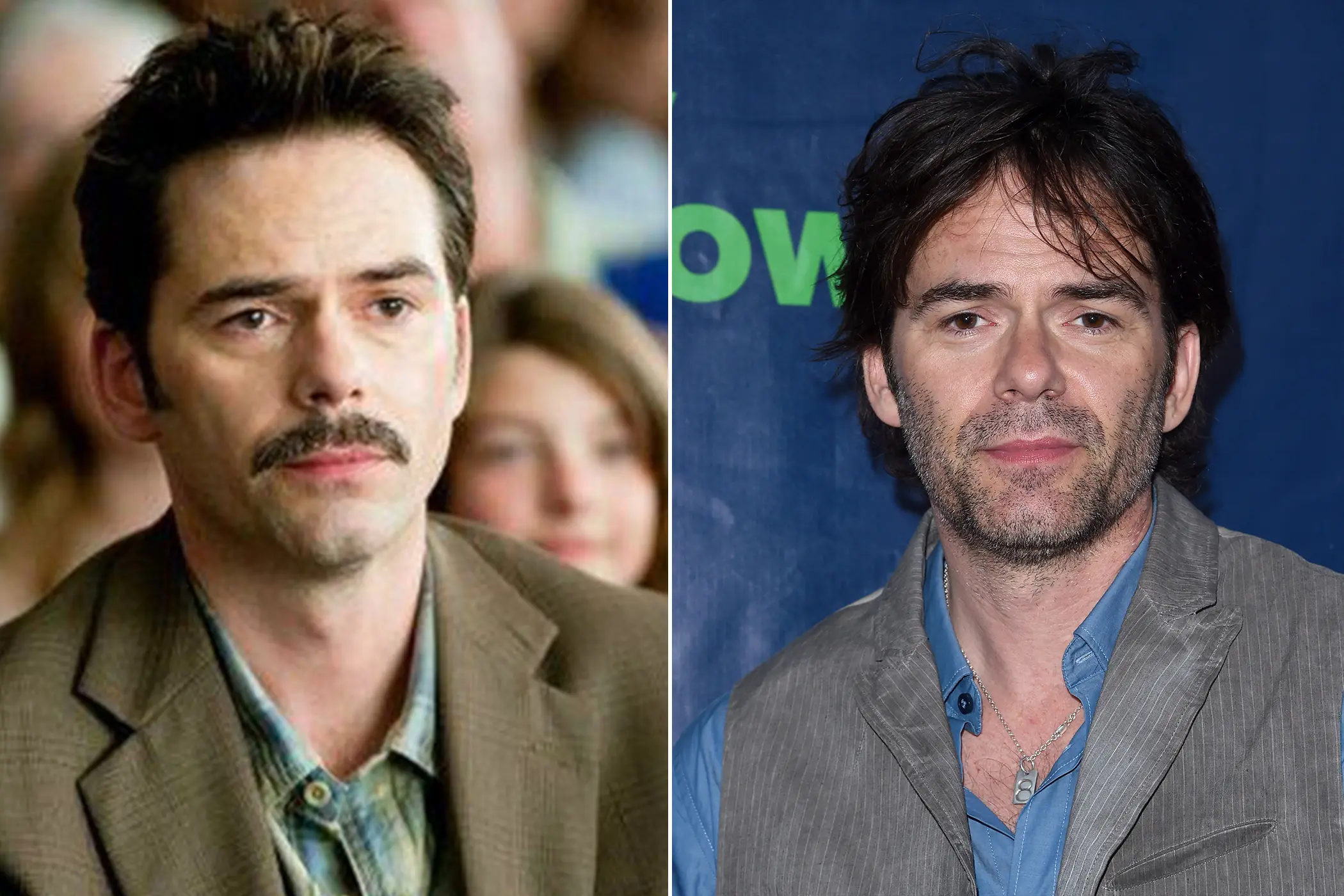
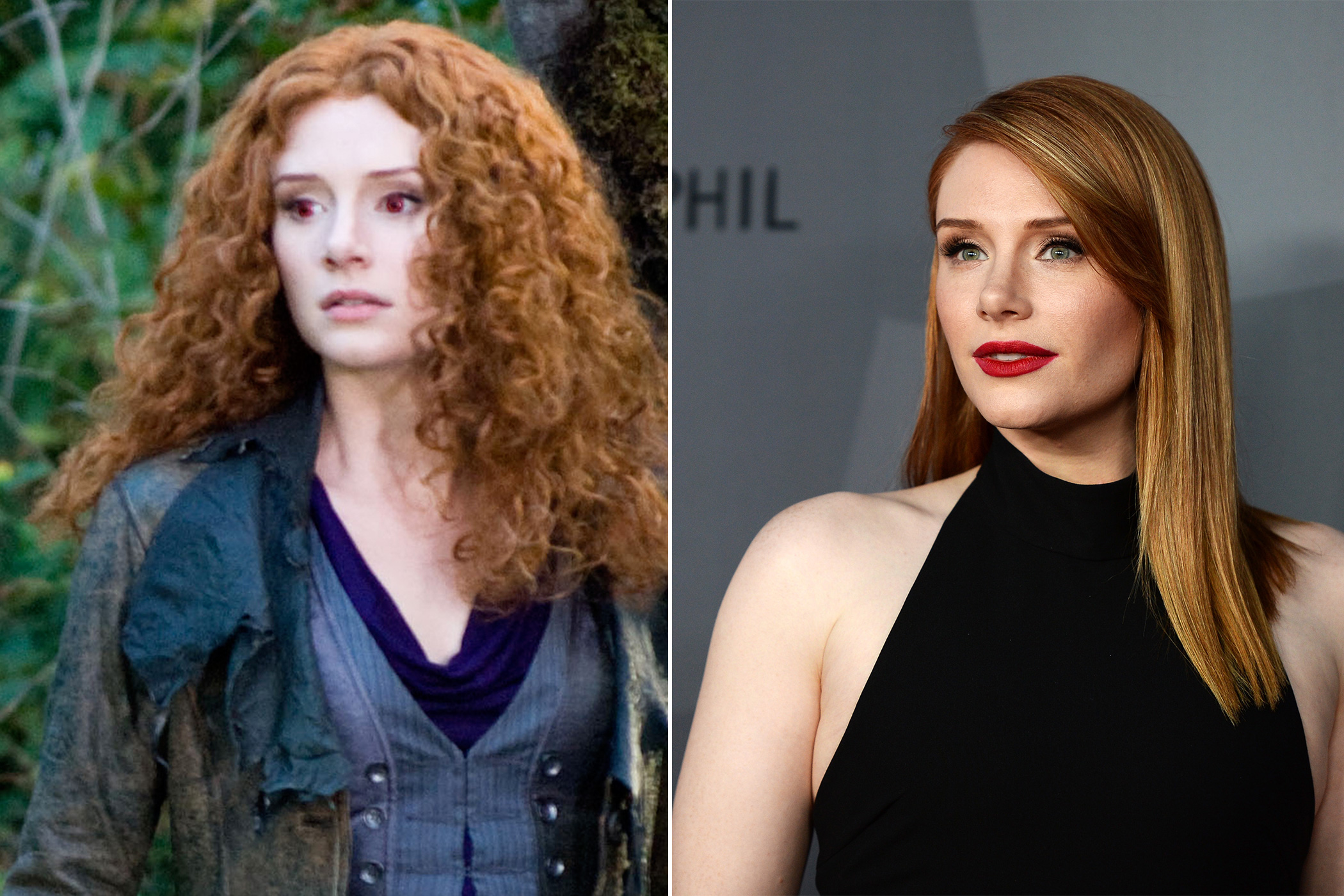
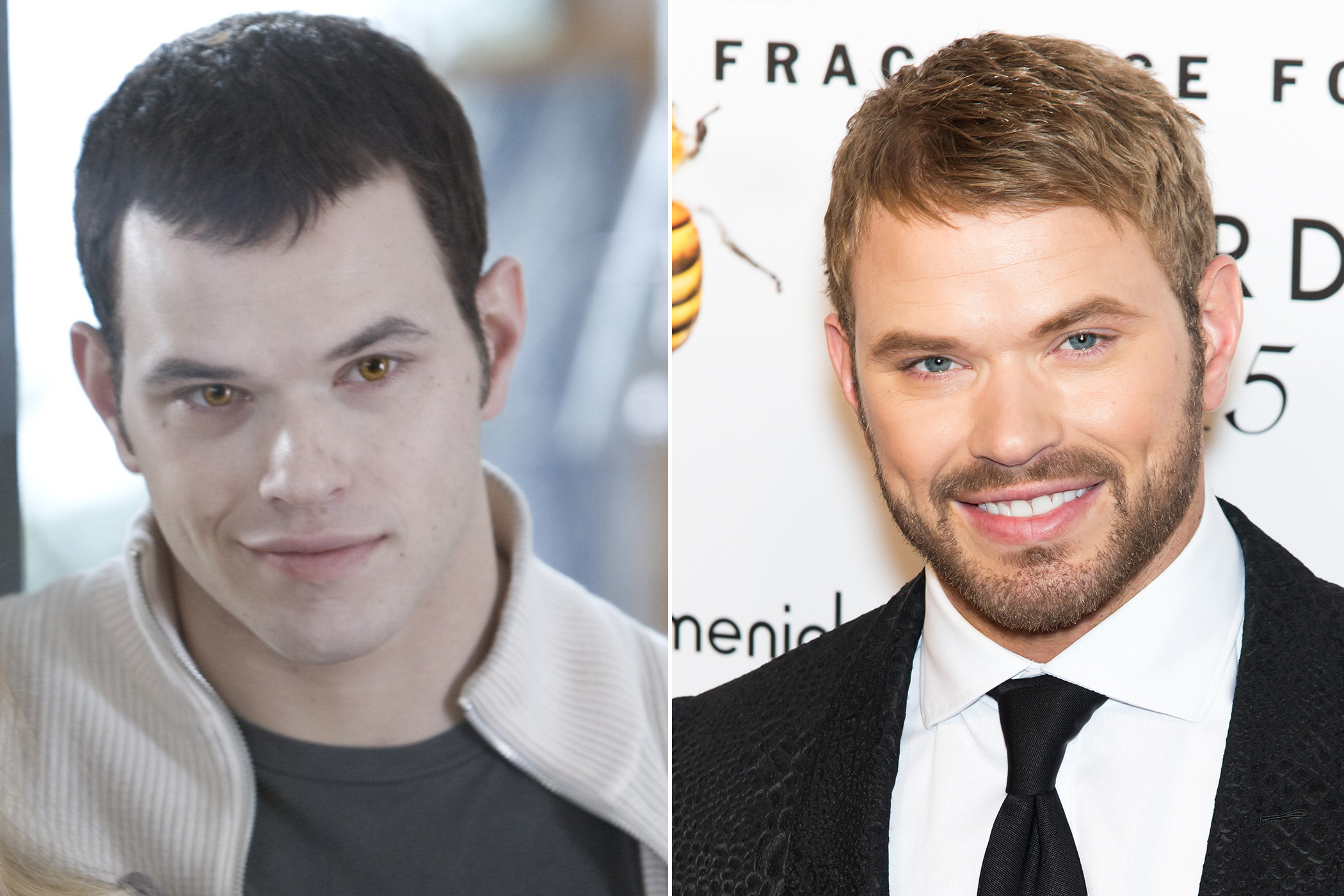


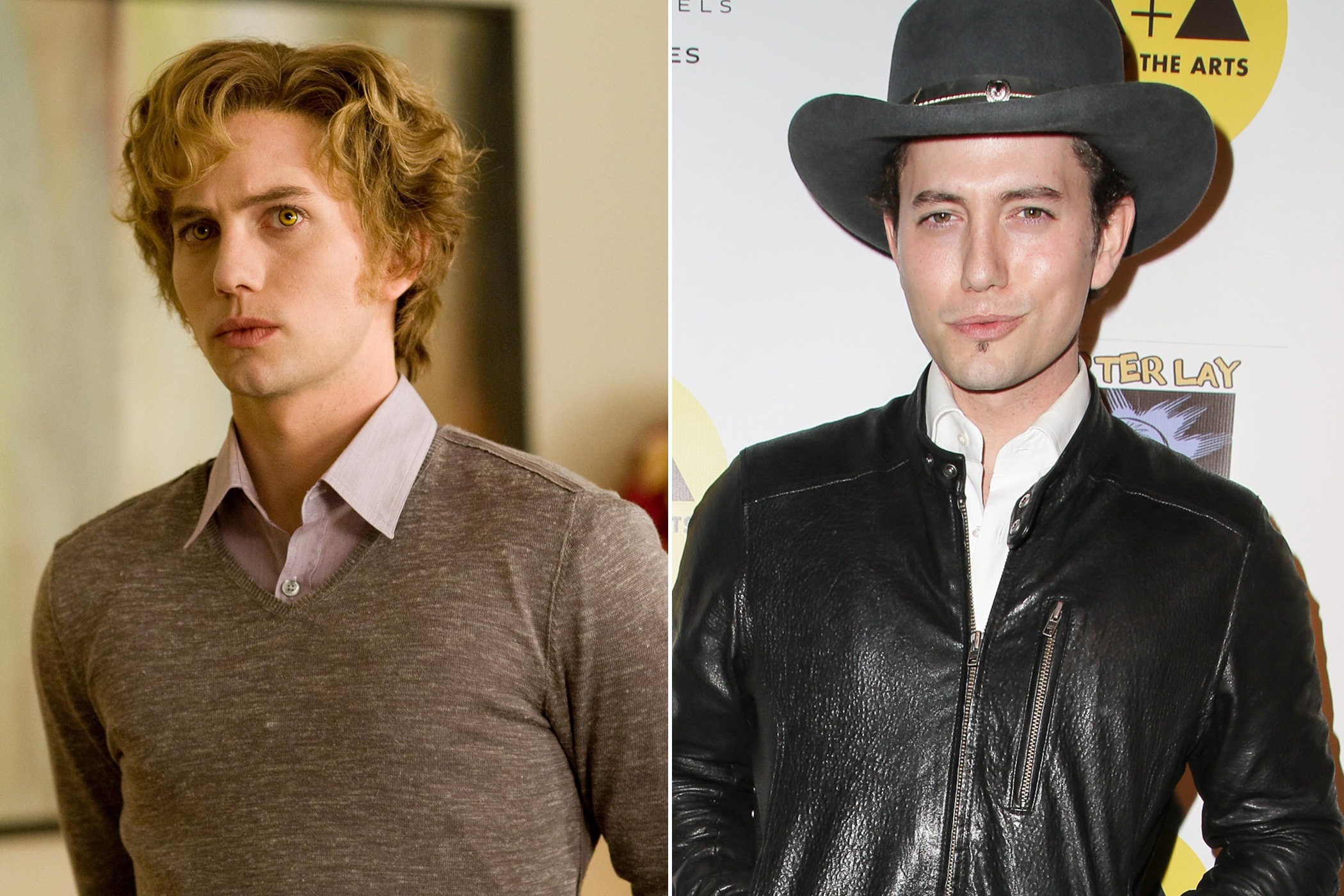
More Must-Reads from TIME
- How Donald Trump Won
- The Best Inventions of 2024
- Why Sleep Is the Key to Living Longer
- Robert Zemeckis Just Wants to Move You
- How to Break 8 Toxic Communication Habits
- Nicola Coughlan Bet on Herself—And Won
- Why Vinegar Is So Good for You
- Meet TIME's Newest Class of Next Generation Leaders
Contact us at letters@time.com